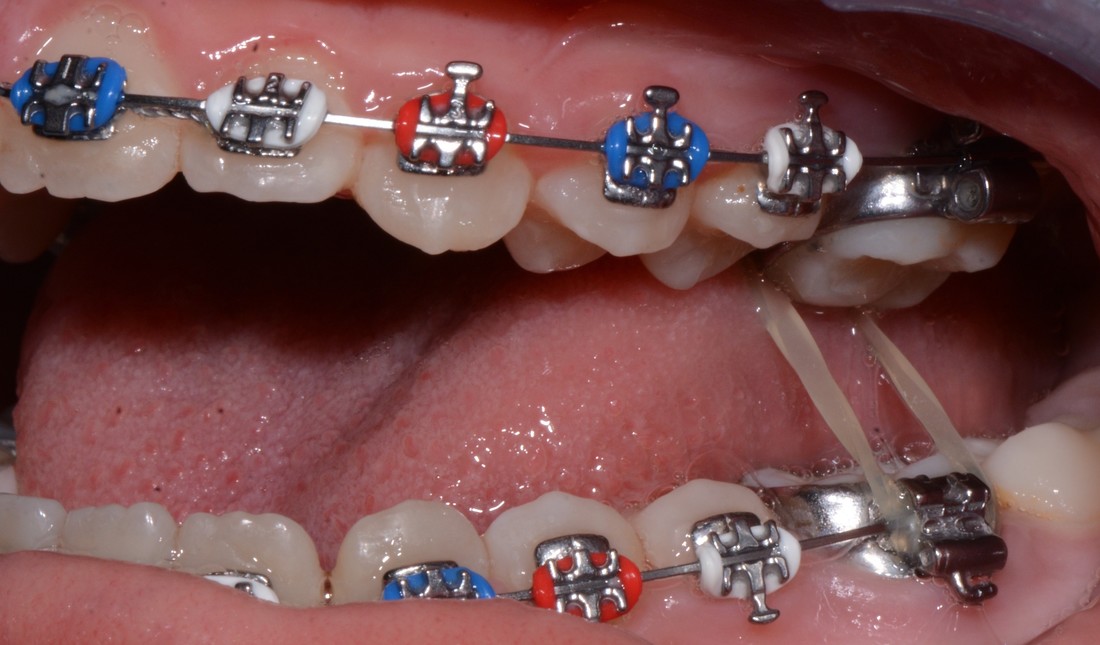

Doctors and staff should remain calm and neutral no matter how badly the animal may behave.The problem is that we tend to miss these warning signs. Animals almost ALWAYS warn before escalating attack or escape, especially dogs. A universal observation I have made in watching people handle animals is that they move too quickly and pay too little attention to what the animal is telling them at any moment. Personnel should move around and interact with the animal 25-50% slower than their natural inclination.Restraint requires patience! Some animals need time to adapt to the process trying to rush the animal will only increase its anxiety.Restrain the animal for the behavior that it is currently showing – not for the behavior that you think it may show in the near future. Always use the least amount of restraint necessary for the procedure and invade the animal’s “intimate space” as little as possible.Making wise choices as to how you invade the animal’s space can reduce this reaction in most animals. This puts personnel in the “critical zone” where animals are often more likely to attach rather than to try to run away, especially if escape is blocked. Restraint dictates that we move into the animal’s personal space without the animal’s permission.Punishing these animals usually raises their stress level and exacerbates the behavior. Keep open minded that the animal’s hyperactivity might actually be a reaction to stress. Staff members frequently assume animals that are obnoxious and hyper in the room are just plain stupid or untrained, but this is a simplistic outlook considering the situation the animal is in. The latter is an often overlooked sign of stress. These include fight, flight, freeze, faint, and fidget (or fooling around). Animals have 5 basic reactions to stress or threat. Restraint also does not necessarily mean immobilization.The more people that are involved, the more threatened the animal will feel and the more easily someone will be injured. If any procedure requires more than two people to actually hold the animal, there is something wrong with the employed technique for that procedure on that animal for that day.

Appropriate restraint is all about empathy, finesse, and technique – it has little to do with strength.If any procedure requires more than two people to actually hold the animal, there is something wrong with that technique for that procedure on that animal for that day. Good restraint is all about empathy, finesse, and technique – it has little to do with strength.

These are intensified if they are done in a quick, tense or agitated manner. There are several elements in this approach that directly threaten the dog: the direct, frontal approach making eye contact leaning over and reaching out over the dog’s head. Most people approach dogs from the front, lean over, and extend their hand to allow the dog to sniff it or to try to pet the dog. The way the average person greets a dog is a perfect example. This is particularly true around horses and dogs. Often, in the process of trying to be friendly to an animal, we portray body signals that actually mean the opposite.
ALL MY PATIENTS KICK AND BITE PROFESSIONAL
It also is important to remember that what matters is whether the animal finds an interaction threatening - not whether the veterinary professional does.Protection of the legs is a biologically hard-wired behavior. In particular, avoid directly restraining the animal’s legs whenever possible as this universally induces even more struggling and aggression. Restraint techniques should be chosen with these factors in mind. These areas are natural targets in serious attacks because they are areas where it is relatively easy to deliver an incapacitating or fatal injury. These include the head/neck, the legs and feet, the groin/perineum, the abdomen, and any area that is painful. Animals are particularly likely to react to handling of certain body regions as well.This may be the environment, the personnel, the equipment, the procedure, the restraint technique used or any combination of these. Most animals show fear/defensive aggression because they find some aspect of the processes threatening. The most common include fear, pain, punishment (which induces fear and anxiety) and excessive physical contact. A number of factors are involved in triggering aggression and/or escape responses in animals.


 0 kommentar(er)
0 kommentar(er)
